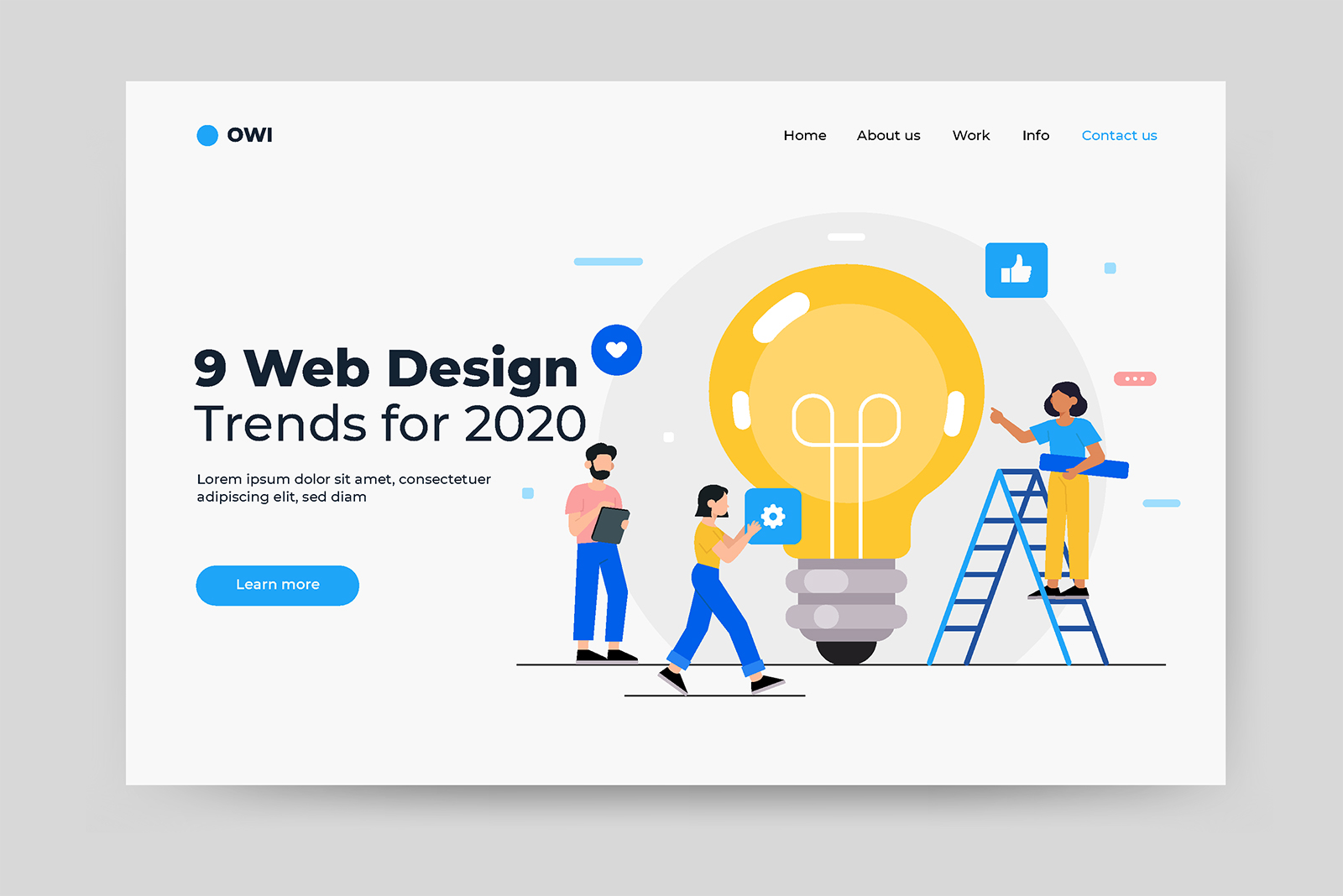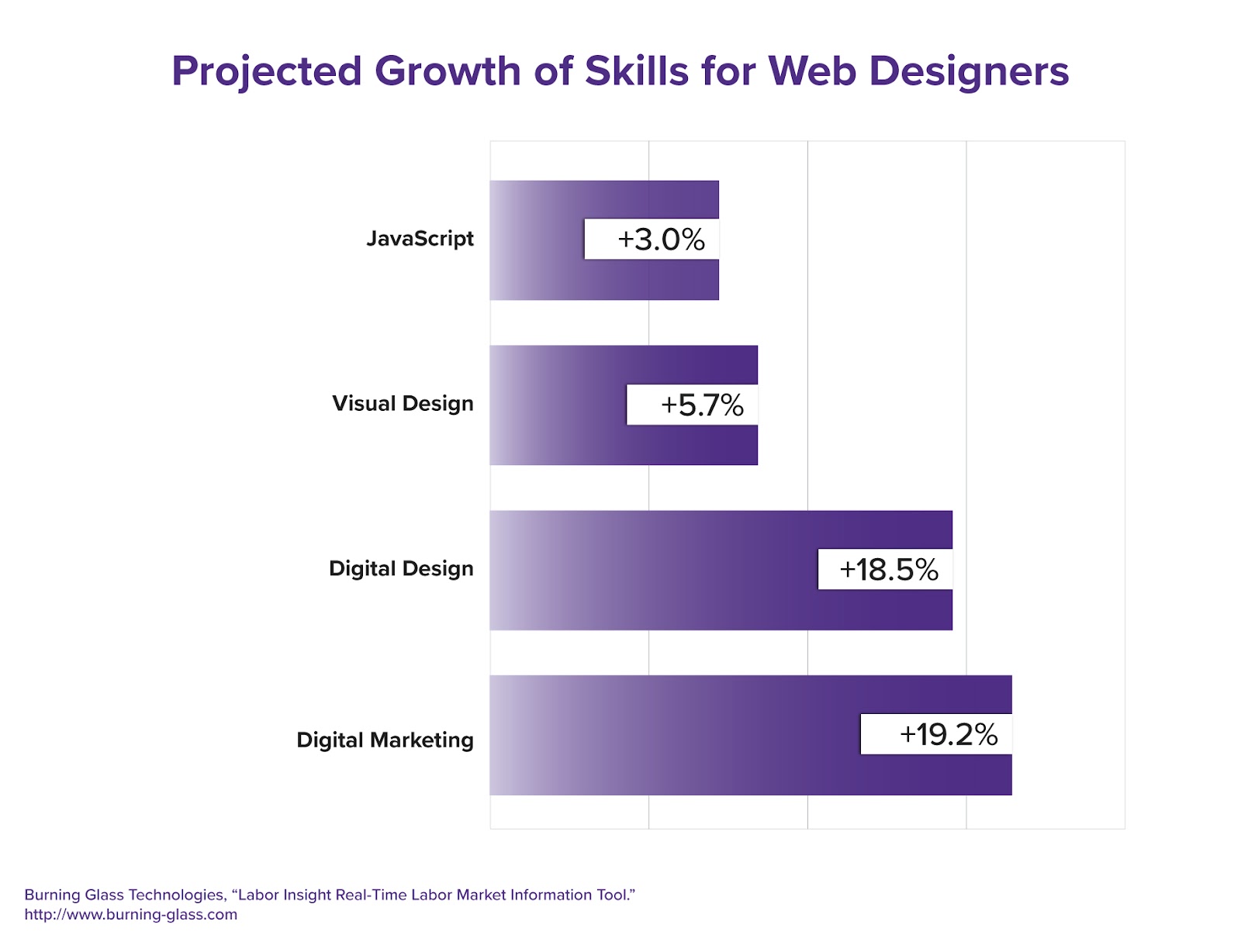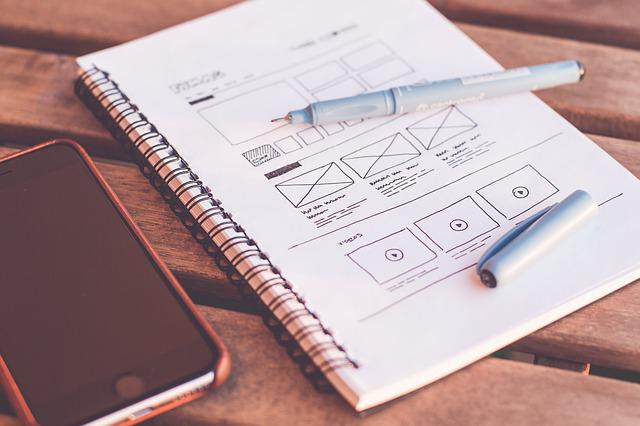
If you'd like your website to have a positive impact on your audience, you should create a usable UI. This is vital for user-centered design and establishing a positive relationship with users. You can create a good user interface by following these guidelines. These guidelines are both well-tested and easily adaptable to new trends.
Timeless UI design
It can be challenging to create a website with timeless appeal and modernity. Many website designs are designed based on current trends. However, it's important to remember that this approach will only work when the design is built on functionality. It is easy for users to tell if a website follows current trends. If it does, they may not be inclined to take the site seriously. Trends change quickly on the internet so what seems trendy and hip today might be obsolete tomorrow.
Good UI design should always be consistent and intuitive. Each page and content should have a specific purpose. It should also be mobile-friendly. This is vital because 60% of internet traffic is via mobile devices. Also, remember that humans are visual beings. Good UI design should include visuals.

Flexible to changing trends
Good UI websites have to keep up with the latest user experience design trends. For example, full-screen visuals are a hot trend. They capture user attention quickly and can display a variety of information. These trends will continue through 2022.
Fortunately, good UI designs are adaptable to new trends and meet user expectations, leading to increased conversions and delight. A tool like Hotjar can help you stay on top of new trends and tailor your site accordingly. Hotjar can inform you if there are too many visual elements on your site, which could cause problems with site navigation. Minimalistic designs are another trend that works well with aurora shades and dark mode. Scrollytelling, animated 3D renderings and animated scrollytelling are great options.
User-friendly
Search engine optimization (SEO) can be made easier by a user-friendly website. A user-friendly website makes it easy for visitors to find the information they need on any device. It also increases the time spent on the site. A user-friendly web site increases conversions. For this reason, usability is an essential component of SEO. Google and other search engines have begun to emphasize the importance user-friendliness in algorithm design. Google's Page Experience updates emphasize the importance for user-friendliness to website SEO.
A well-designed website is user-friendly, intuitive, and visually appealing. As more people conduct business online, the design and navigation of your website are important to increase traffic and sales. Furthermore, more people access websites via their mobile devices. Mobile-optimized versions of websites are therefore essential.

Consistent
Websites with consistent UI designs are simpler to use and make it easier for users to navigate. The best way to do this is to have a consistent user interface across all platforms. Unexpected changes in behavior can be frustrating for users and cause them to lose confidence in their interface. Consistent UI websites are consistent across all platforms.
Consistency also improves task completion and user satisfaction. Easy navigation can help users accomplish tasks faster and more efficiently. It must be clear of clutter and other elements that could cause confusion. Additionally, consistent UI makes the site easier to use. It is vital to have the same font and navigation pattern across all pages.
FAQ
How do I choose a Domain Name?
It is important that you choose a domain name that is memorable. Without a great domain name, people will not know where to find you when they search for your product.
Your domain name should be concise, memorable, unique, relevant, and easy to remember. It is ideal to have something that people can type into their browser.
Here are some ways to choose a domain name.
* Use keywords that relate to your niche.
* Avoid using hyphens (-), numbers and symbols.
* Don't use.net or.org domains.
* Never use words that have already been used.
* Try to avoid generic terms like "domain" or "website."
* Make sure it's available.
Where can I locate freelance web developers
Freelance web designers and developers are available in many locations. These are the top options:
Freelance Websites
These sites have job listings that are open to freelance professionals. Some sites have very specific requirements while others do not care about what kind of work you do.
Elance, for instance, has high-quality job opportunities for programmers, writers, translators, editors and project managers.
oDesk has similar features, but they focus on software development. They offer jobs in PHP, Perl, Java, C++, Python, JavaScript, Ruby, iOS, Android, and.NET developers.
oWOW is another good option. Their site focuses primarily on web designers and graphic design. They offer many services, including video editing, programming, SEO, and social media marketing.
Online Forums
Many forums let members advertise and post jobs. DeviantArt is an example of a forum that's dedicated to web developers. If you type in "webdeveloper" into the search bar, you'll see a list containing threads from people looking to assist them with their sites.
Should I hire a web designer or do it myself?
If you are looking to save money, don't spend on web design services. However, if you are looking for high-quality results, hiring someone to design your website might not be worth it.
You don't need to hire expensive web designers to create websites.
If you're willing, you can learn how you can make a site that is beautiful using free tools like Dreamweaver.
An alternative option to outsourcing your project is to hire an experienced freelance web designer who charges per-hour instead of per job.
What Kinds Of Websites Should I Make?
The answer to this question depends on your goals. It may be best to sell online your products to build a company around your website. This can only be achieved by building a solid eCommerce website.
Blogs are another popular type of website. Each requires different skills. For instance, if you want to set up a blog, you will need to learn about blogging platforms such as WordPress or Blogger.
When you choose a platform, you will also need to figure out how to customize the look of your site. There are many themes and templates that you can use for free.
After you have chosen a platform, it is time to add content. You can add images and videos to your pages.
Once you're ready to publish your website online, click here. Once published, visitors can view your site in their browsers.
Which platform is best to create a website?
WordPress is the best platform to design a website. It comes with all the tools you need for creating a professional website.
Themes are easy-to-install and customizable. You can pick from thousands of free themes that are available online.
You can also install plugins to increase functionality. They allow you add buttons to social media and form fields, as well as contact pages.
WordPress is easy to use. You don’t need to know HTML code to edit your theme files. All you need to do is click on an icon and select what you want to change.
While there are many options for platforms, WordPress is my favourite. It has been around forever and is still widely used by millions.
Can I use HTML & CCS to build my website?
Yes! If you've been following along so far, you should now understand how to start creating a website.
Now that you are familiar with how to create a website's structure, you will also need to be familiar with HTML and CSS programming.
HTML stands as HyperText Markup Language. You can think of it as writing a recipe. You'd list the ingredients, instructions, along with directions. HTML allows you to indicate to a computer which portions of text are bold, italicized and underlined. It also lets you know which part of the document is linked. It's the language for documents.
CSS stands for Cascading Stylesheets. Think of it like a style sheet for recipes. Instead of listing all ingredients and instructions, you simply write down the basic rules for things such as font sizes, colors or spacing.
HTML tells the browser how a page should look; CSS tells it what to do.
If you don't understand either of those terms, don't fret. Follow the tutorials and you will soon be creating beautiful websites.
Statistics
- The average website user will read about 20% of the text on any given page, so it's crucial to entice them with an appropriate vibe. (websitebuilderexpert.com)
- When choosing your website color scheme, a general rule is to limit yourself to three shades: one primary color (60% of the mix), one secondary color (30%), and one accent color (10%). (wix.com)
- Is your web design optimized for mobile? Over 50% of internet users browse websites using a mobile device. (wix.com)
- It's estimated that in 2022, over 2.14 billion people will purchase goods and services online. (wix.com)
- It's estimated that chatbots could reduce this by 30%. Gone are the days when chatbots were mere gimmicks – now, they're becoming ever more essential to customer-facing services. (websitebuilderexpert.com)
External Links
How To
Drupal 7: How to Use It for Web Design
Drupal is the most used Content Management System (CMS) of today. It was created by Dries Buytaert, a Belgian developer. The name derives its name from Dirk Buijtewaard's and Pierre d'Herbemont's initial letters. Drupal was open-sourced in 2005. Many versions of the CMS have been developed since then. Drupal is widely used today by companies and websites around the globe.
Drupal is popular because of many reasons. It is easy to download and install. It's easy to customize and extend. It is also very well documented. Fourth, the forum and IRC channels offer great support. Fifth, it is extensible via modules. Sixth, it supports multiple languages. Seventh, it is easily customizable. Eighth, it is scalable. Ninth, it is secure. Tenth, its reliability is assured. It is also supported by the community. Drupal is an excellent choice for your next development project.
You might wonder what makes Drupal stand out from other CMS platforms. It is easy to answer. Drupal is an Open-Source Content Management System. Drupal is completely free and can be downloaded freely. Drupal gives you complete control of your website. You can edit your website, add pages or delete them, and change the colors, fonts, images and videos.
If you want to create a website but lack technical skills, then you can choose Drupal. Unlike other CMS, you don't need to know anything about programming to start building your website. All you need is to learn how to use the essential functions of Drupal. You will then be able modify your website to suit your needs.
Drupal also offers many pre-built themes as well as plugins. These plugins allow you to improve the functionality of your site. You can use the Contact Form module, for example, to collect visitor contact information. Google Maps also allows you to display Google Maps on your website. There are thousands of ready-made templates that come with Drupal. These templates give your site a professional look.
Drupal's flexibility is another advantage. Drupal allows you to add modules or replace existing ones, without worrying about compatibility issues. If you need to integrate social media in your website, it can be done quickly. You can also set up RSS feeds, e-mail subscriptions, and more.
Drupal is customizable. Drupal lets you add custom fields, forms, manage users and much more. Drupal can be used to create complex layouts.
Finally, Drupal is robust and reliable. It is stable and can scale. It has excellent security features. So if you're looking for a good web development platform, then Drupal is worth considering.